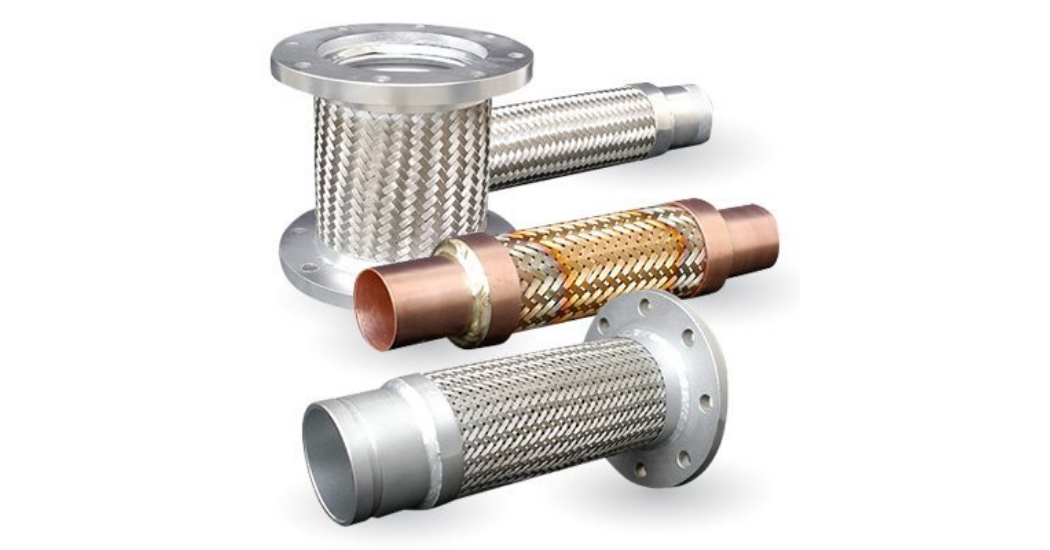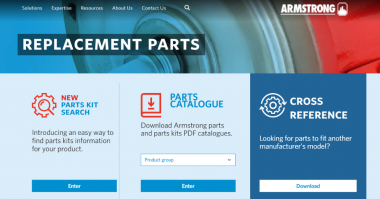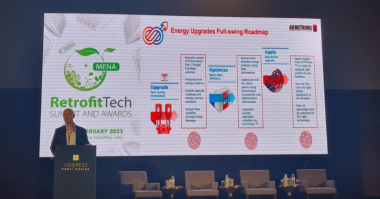Flexible metal hose solves a variety of problems common to the industrial and HVAC piping systems. They absorb thermal expansion and contraction, eliminate pipe misalignments and reduce vibration.
Corrugated hose is generally made in bronze, 300 series stainless steel, Monel, Hastalloy, or Inconel.
The primary purpose of corrugated hose is to prevent the transmission of vibration from pumps, compressors, and other power systems to adjacent piping. Care is critical in positioning and connecting. To properly control vibration, the hose must be attached directly to the equipment, perpendicular to the vibration, and with the other end rigidly anchored.
When corrugated hose absorbs thermal growth and contraction, or when it compensates for misalignment, it is important that the hose is relieved of piping weight by adequately supporting the pipe. A thorough analysis of equipment operating conditions and the adjacent piping system is necessary before a suitable metal hose can be selected for a given application.
Usually, the corrosive characteristics of the media being conveyed determines the most suitable metal for the application. Also, pressures and temperature of the media are factors to be considered. Keep in mind that corrosion rates that are acceptable for pipe could be unacceptable for metal hose due to its thinner wall.
Safe containment of pressure and unrestricted passage of fluid are the primary purposes of almost any piping system. This also includes flexible metal hose assemblies. Pressure ratings listed for different hoses by most manufacturers are based on varying assumptions and conditions and must be interpreted properly. The pressure rating for constant, non-pulsating, or non-shock applications are based upon 70F operating temperature. Hose assemblies to be used above 70F must have a reduction factor applied to the stated working pressure.
When pulsating, surge and shock pressures occur, the flexible metal hose assembly should be designed for an operating pressure twice the peak pressure. Installation should be such that there is no slack in the braid sheath when the pressure pulse, surge, or shock occurs.
To obtain the maximum service life from a flexible metal hose the following rules should be followed:
- DO NOT TORQUE! Twisting of a metal hose can be eliminated by installing a union or floating flange.
- Avoid sharp bends.
- Install assemblies at it’s normal length. Avoid compressing.
- Install the assembly as close as possible to the equipment or source of the vibration.
- Install flexible assemblies at a distance of at least 2-1/2 time the pipe diameter from the centerline of a 90 degree elbow.
- Use pipe hangers and supports. The weight of the piping should not be supported by a flexible metal hose assembly
Flexible metal hose assemblies provide an effective link between piping, valves, and equipment if it is selected and applied properly. For good service, make sure the correct hose assembly is installed in the right way. We are here to help you make the right decision on which hose is correct for your application.
The use of the hose planning guide is helpful
S-size of hose and fittings
T-temperature
A-alloy of hose and fittings
M-Motion and application
P-Pressure
E-End fitting attachment
D-Developed length





Comments